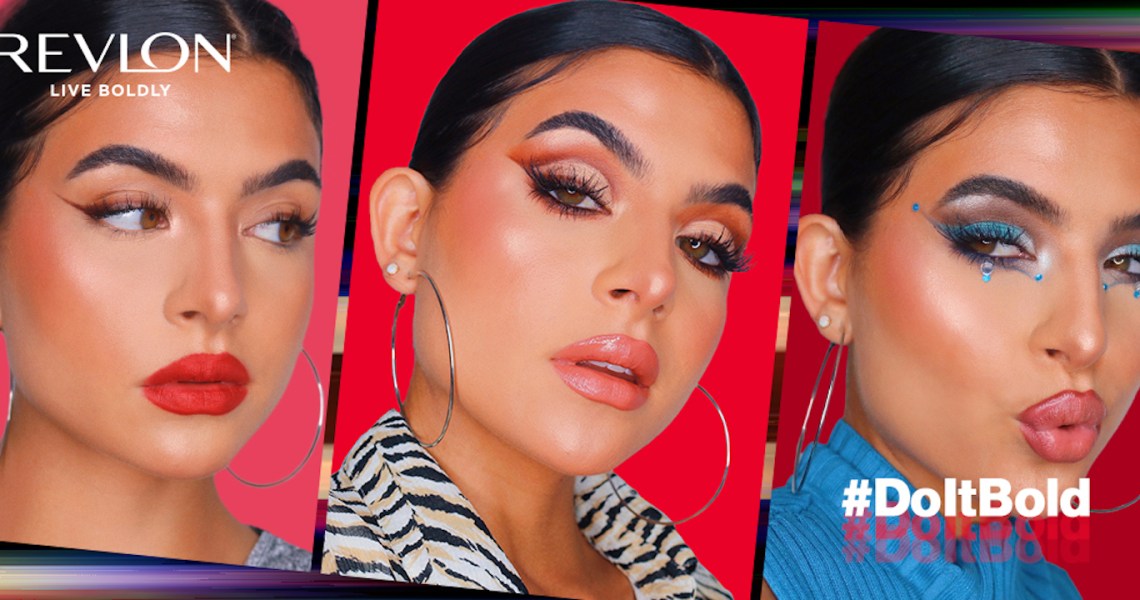This week, I look at the Revlon bankruptcy rumors.
On Friday, Reorg Research first reported that legacy beauty company Revlon is preparing to file for chapter 11 protection this week. The company’s stock prices subsequently fell 53%, its biggest single-day drop on record. Revlon had been in talks with lenders to push out the due date of looming debt maturities to avoid filing for bankruptcy. The company’s capital structure has plagued its turnaround efforts for the last four years.
While some media and online chatter has pinned Revlon’s problems on beauty’s increasingly competitive environment and issues of relevancy, Revlon’s difficulties have less to do with product and more to do with its balance sheet.
Backtracking a bit, when Revlon tapped Goldman Sachs in August 2019 to explore strategic alternatives, shares of the company rose. Pre-Covid in 2019, the company saw positive sales growth at retail, thanks to product innovations like its ColorStay franchise for the Revlon brand. While a possible sale of parts of the company appeared like a timely solution, the company was able to walk back from the precipice of bankruptcy in 2020 with a pretty ingenious bond exchange. At the time, Debra Perelman, Revlon president and CEO, said in a statement, “This represents an important step towards strengthening our capital structure and better positions us to focus on our future growth. While we still have challenges to face — namely the ongoing impact of the Covid-19 pandemic — we believe that we have the right strategy in place and will continue to execute against it.”
While a solution at the time, the bond exchange that paid off almost 70% of its outstanding debt really kicked the financial can down the road. As of March 2022, Revlon had long-term debt of $3.31 billion outstanding.
On the Glossy Beauty Podcast last summer, Perelman emphasized to me that divestitures and potential acquisitions still weren’t her focus. Rather, she was zeroing in on “driving long-term, profitable, sustainable growth with a focus on our core iconic brands of Revlon, Elizabeth Arden, as well as brands that have unique positioning and powerful positionings in the market, such as American Crew or CND.” Since the bankruptcy news broke, industry sources have reported that selling off brands in exchange for liquidity is not a priority for Revlon. However, Ronald Perelman, founder of MacAndrews & Forbes, which is the majority owner of Revlon, has been selling off personal assets in the face of the ongoing coronavirus pandemic.
In Revlon’s most recent earnings, announced in May for the fourth quarter and full-year 2021, product wins were highlighted. Perelman said, “Consumer demand for our brands remained strong in the fourth quarter, as evidenced by Revlon Color Cosmetics’ 30% year-over-year retail sales growth in the important U.S. mass channel.” Revlon posted an 8% rise in net sales, to $445 million, for the quarter, and saw a modest operating profit of $24 million. In line with the theme of “makeup is back,”, digitally some of Revlon’s products within color cosmetics are indeed resonating. Revlon was touted as a leader in May Spate data for being a contributor to search volume for matte lipstick growth, as consumers look for bolder looks in the Covid opening era.
But overall, Revlon was down 24.6% year-over-year to 990,600 average monthly searches in the U.S., according to Spate. Surprisingly, even its once red hot One-Step Hair Dryer Brush saw a drop in search volume by 42%. Yarden Horwitz, co-founder at Spate, said the lack of volume was due to poor holiday 2021 sales, compared to 2020.
“Dyson is continuing to show growth in the hair dryer category, which may be impacting their performance. Interesting to see that Dyson is continuing to gain market share for such a premium price point. Revlon is likely struggling to compete in innovation when compared to Dyson. Although Revlon competes in makeup, the majority of searches are tied to their hair category, which is on the decline,” she said.
In the most recent Nielsen data, for the four-week period ending May 21, Revlon saw positive sales driven by color cosmetics: The company saw year-over-year dollar growth of 2.7%. But during the same timeframe, unit growth improved but was still down at -6.2%, up from -7.9%.
That lagging unit growth is largely due to supply chain challenges, as Perelman stated in Revlon’s March earnings release, “Supply chain challenges are putting pressures on our ability to meet this demand.” But managing supply chain constraints, along with inflation — raw materials are only getting more expensive for all brands — is the priority for now. With the company’s biggest brand, Revlon, serving a mass consumer, they too are likely to be hit hard by rising costs.
“That is a consumer that has been particularly pressured by rising inflation, as well as comparing against the stimulus last year in Q1,” said Seema Shah, Similarweb senior director of research and analytics, who noted an ongoing [traffic] decline on a year-over-year basis for Revlon.com in the U.S. “The company has cited supply chain issues as a major reason for its potential bankruptcy, as [the] product has been unavailable. This is not likely to be resolved in the near term.”
Amid managing its own costs, Revlon, of course, can’t lose sight of responding to consumer demand. But it also has to put marketing dollars and investment behind its hero brands and products, so the shopper doesn’t forget about them. If Revlon can get its finances in order, that will be the true test of its portfolio’s performance.
Inside Our Coverage
Silver is the makeup trend of the moment.
Huda Kattan relaunches concealer.
A look at how Ulta Beauty’s Rewards program made it big on TikTok.
What I’m Reading
Byredo and Rtfkt have partnered on a perfume for web3.




